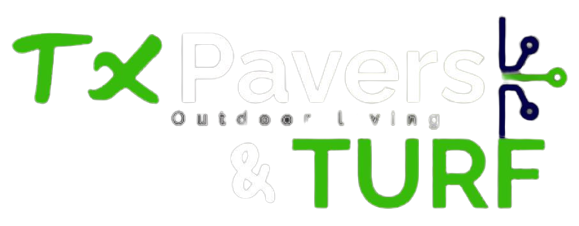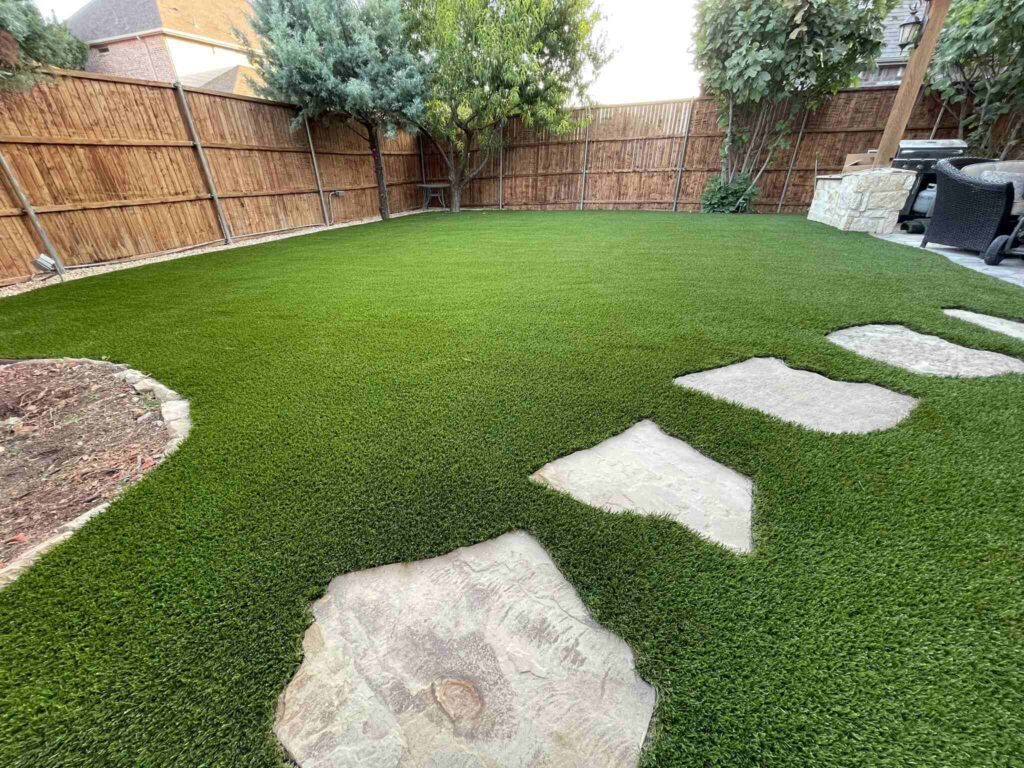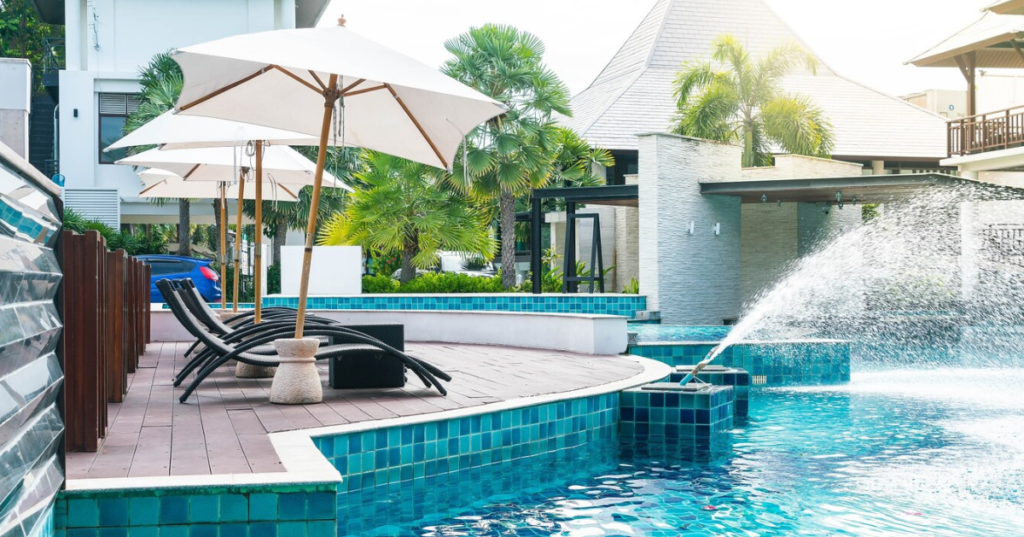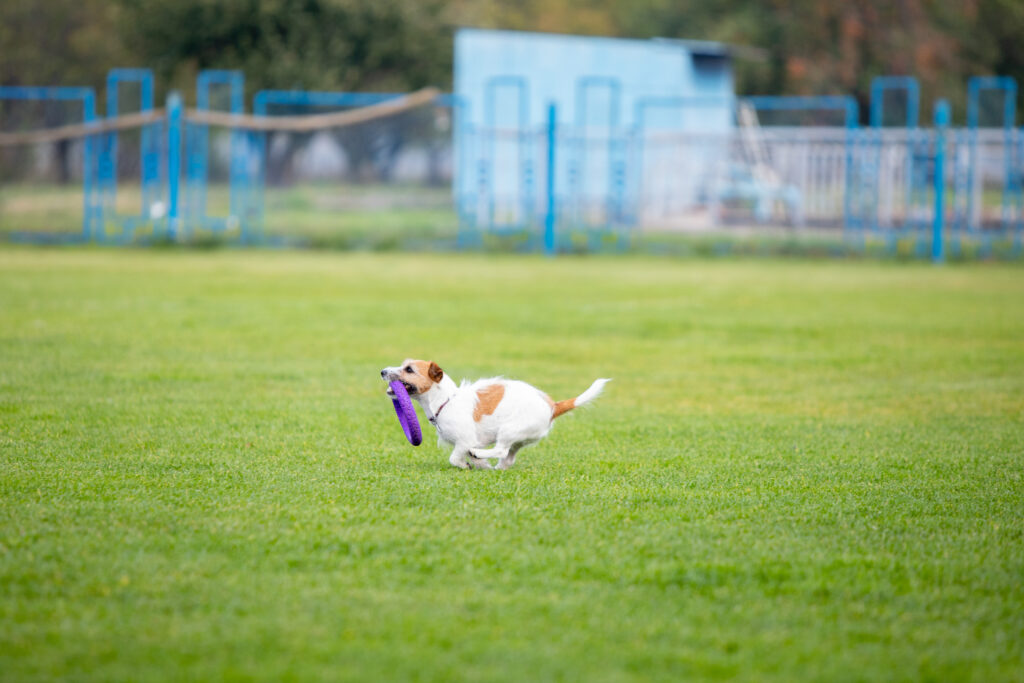It can feel like a constant fight to keep your lawn lush and green in places where it is very hot and dry. But what if there was a way to have a beautiful yard without having to water, mow, and fertilize it all the time? Artificial grass has changed everything for people who want to make their outdoor areas look good and work well. This blog post will tell you everything you need to know about Artificial grass Artificial turf, from its benefits to how to find the right kind for your Texas home.
What is Artificial Turf?
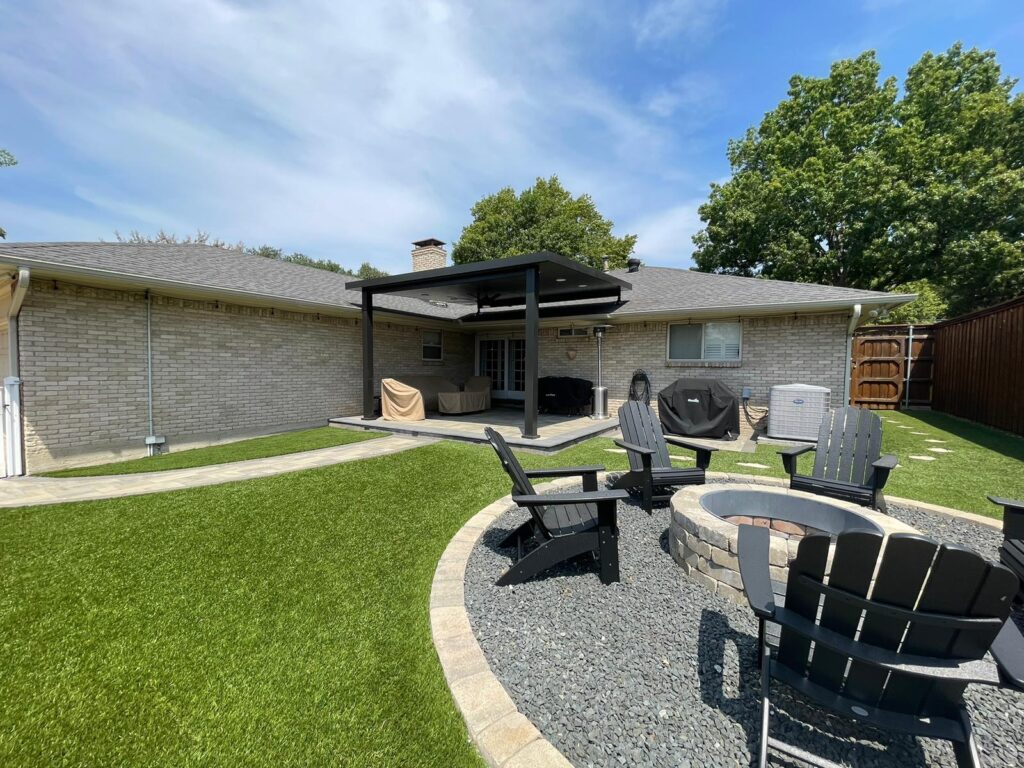
Artificial turf, also known as artificial grass, is a surface made of synthetic fibers designed to look like natural grass. It was first introduced in the 1960s for use in sports arenas, and since then, its quality and uses have changed. Nowadays, synthetic grass isn’t just useful in stadiums and business places; homeowners all over Texas are turning their lawns into low-maintenance havens as well.
Artificial turf doesn’t need sunshine or water like real grass does, which makes it perfect for places with harsh weather. It’s strong enough to handle a lot of foot traffic, which makes it great for families with kids or pets. Additionally, technological progress has made modern fake grass look very real, providing an aesthetically pleasing option to real lawns.
Adopting artificial turf has many benefits, especially when you consider the state’s unique weather problems. With fake grass, people can keep their yards looking nice all year, no matter what the weather is like. This change not only makes the house look better from the street, but it also helps people live more sustainably by saving water. Benefits of Using Artificial Turf
Benefits of Artificial Turf
One of artificial turf’s most significant benefits is the drastic maintenance reduction. Forget about weekly mowing, fertilizing, and pest control. With synthetic grass, your weekends are free to spend as you please, rather than being tied to lawn upkeep. This low-maintenance advantage is a huge draw for busy homeowners looking to enjoy their outdoor spaces without the added stress.
Water conservation is another key benefit of artificial turf. In a state like Texas, where water restrictions are common, synthetic lawns offer a sustainable solution that drastically cuts down on water usage. No more sprinklers running daily—just a beautiful, green lawn that stays lush without the need for constant hydration.
Additionally, artificial turf provides consistent beauty throughout the year. Whether it’s the dry heat of summer or unexpected winter frost, your lawn will remain green and vibrant. This year-round appeal can significantly boost your home’s curb appeal and potentially increase its market value, making it a wise investment for any homeowner.
Types of Artificial Grass Available
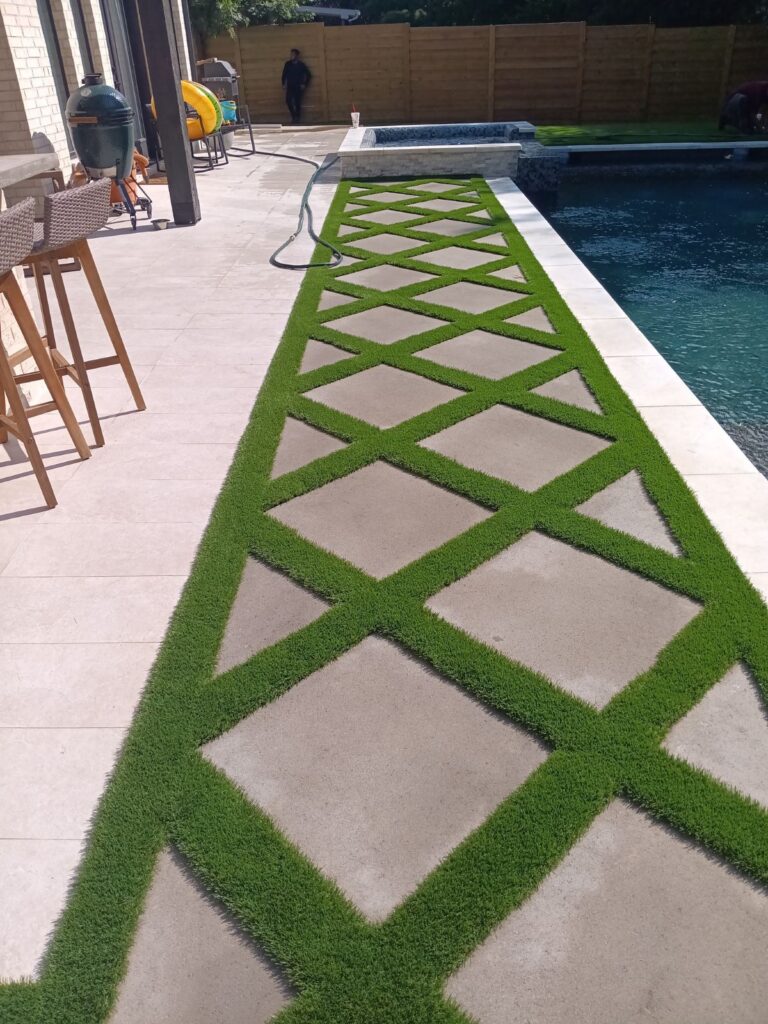
When it comes to selecting the right artificial turf, it’s essential to know that not all synthetic grasses are created equal. Various types are available, each designed to meet specific needs and preferences. Understanding these differences can help you make an informed decision that aligns with your lifestyle and aesthetic goals.
Nylon grass is a popular choice due to its durability and resilience. It holds up well under heavy use and high temperatures, making it a great option for high-traffic areas. However, it is more expensive than other options, which may be a consideration for budget-conscious homeowners.
Polyethylene grass offers a softer, more natural appearance and feel. It’s known for its lush green color and is a favorite for residential lawns and recreational areas. It’s also UV resistant, which helps maintain its vibrant shade over time, making it ideal for sunny Texas climates.
Polypropylene grass is the most budget-friendly option, but it lacks the durability of nylon and polyethylene. It’s best suited for decorative purposes or areas with minimal foot traffic. While not as robust, it still provides the aesthetic benefits of a green lawn without the upkeep of natural grass.
5 Reasons to Choose Artificial grass Artificial turf for Your Home
Choosing artificial turf for your home offers numerous advantages that go beyond aesthetics. Here are five compelling reasons to consider making the switch to synthetic grass:
- Cost Efficiency: While the initial installation cost may be higher than seeding a traditional lawn, artificial turf pays for itself over time. You’ll save significantly on maintenance expenses with no need for fertilizers, mowers, or watering systems.
- Environmental Benefits: Synthetic grass helps reduce your carbon footprint by eliminating the need for gas-powered lawn equipment and decreasing water usage.
- Allergy Relief: For those with allergies, artificial turf can relieve pollen and other allergens found in natural grass. Enjoy outdoor activities without the worry of allergy flare-ups.
- Safe for Pets and Children: Modern artificial turf is designed to be pet and child-friendly. It provides a soft, non-toxic surface that’s safe for play while being low-maintenance and stain-resistant.
- Versatility: Artificial turf can be used in various applications beyond traditional lawns, including rooftop gardens, indoor areas, and pool surrounds. Its versatility allows homeowners to explore creative landscaping designs.
Find the Perfect Artificial Turf for Your Texas Home
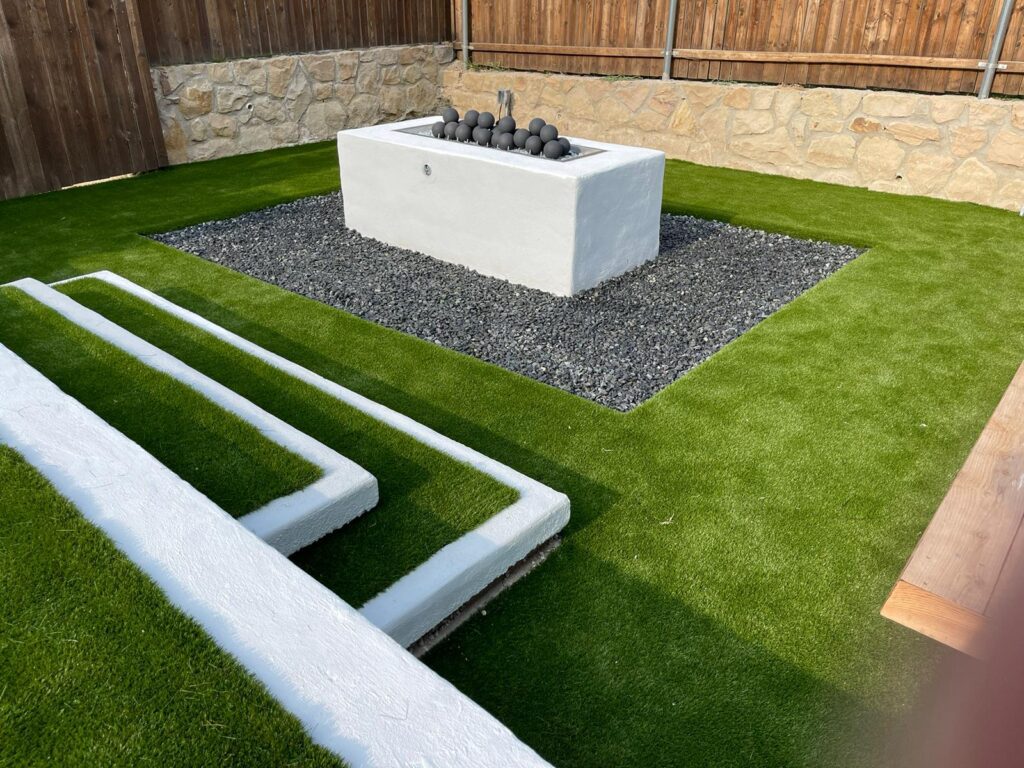
There are a few things you need to think about when choosing the right artificial grass artificial turf for your Texas house. First, figure out what you need. Think about how many people will be walking on it, the weather where you live, and how much care you want to do. With this knowledge, you should be able to pick the type of grass that looks best on your property.
Look for a reputable company, like TX Pavers and Turf, that offers many choices and installs them professionally. If you hire professionals, your fake grass will be put down correctly, making it last longer and work better. They can also give you tips on making the rug look how you want it to by adding color mixes or different pile heights.
Lastly, before choosing, ask for samples of different kinds of grass. By touching and seeing the turf in person, you can picture how it will look in your yard and be sure that it meets your quality standards. The best artificial turf will not only make your home look better, but it will also fit in with your lifestyle and environmental ideals.
Maintenance Tips for Artificial Grass
One of the most appealing aspects of artificial turf is its low-maintenance nature, but it still requires some care to maintain its pristine condition. Following these simple tips will ensure your synthetic lawn remains beautiful for years to come:
Regularly remove leaves and debris using a leaf blower or garden vacuum to prevent buildup. This helps maintain the turf’s appearance and prevents any potential drainage issues.
Rinse the grass occasionally with a hose to remove dust and dirt, especially in dry climates like Texas. This simple step keeps your lawn looking fresh and vibrant.
For pet owners, it’s essential to clean up your animals promptly. Use a mild, eco-friendly cleaning solution to eliminate odors and bacteria, ensuring your turf remains hygienic and odor-free.
Environmental Impact of Synthetic Turf
There is often debate about the environmental impact of artificial turf. While it’s true that synthetic grass is made from nonrenewable resources, its environmental benefits often outweigh these concerns. By drastically reducing water consumption and eliminating the need for chemical fertilizers and pesticides, artificial turf contributes positively to eco-friendly living.
In addition, artificial turf eliminates the emissions caused by gas-powered lawn equipment, which significantly reduces your carbon footprint. The long lifespan of synthetic grass also means less frequent replacement compared to natural lawns, further adding to its sustainability.
Choosing artificial turf is a step toward supporting sustainable living practices. By weighing both the advantages and concerns, you can make an informed decision that aligns with your environmental values.
Common Myths About Artificial Grass
Despite its growing popularity, several myths persist about artificial grass. Let’s debunk some of the common misconceptions to provide clarity for potential buyers:
Myth 1: Artificial grass looks fake and unnatural. Synthetic grass looks and feels a lot like natural grass because technology has come a long way in recent years. High-quality options offer realistic textures and colors that easily blend into any landscape.
Myth 2: Synthetic turf gets too hot in the sun. While artificial grass can retain heat, newer designs incorporate cooling technologies to mitigate this issue. Using light-colored infill or shading strategies can also help keep temperatures comfortable.
Myth 3: Artificial turf isn’t pet-friendly. On the contrary, many artificial grass products are designed to be safe for pets. They provide a comfortable surface for play and are easy to clean, making them a great choice for pet owners.
Cost Comparison: Natural vs. Synthetic Grass
When comparing costs, artificial turf often presents a more economical choice in the long run. While the upfront installation costs may be higher than seeding a natural lawn, the ongoing savings quickly add up.
Natural grass requires constant upkeep, including watering, fertilizing, mowing, and pest control. These recurring costs can become substantial over time. In contrast, artificial turf requires minimal maintenance and no water, saving you both money and time.
Additionally, artificial grass’s lifespan is significantly longer than that of natural grass. Quality synthetic turf can last up to 15-20 years, making it a wise investment for homeowners seeking long-term value.
Conclusion: Is Artificial Turf Right for You?
Deciding about whether artificial turf is the right choice for your home involves careful consideration of your lifestyle, preferences, and environmental impact. Synthetic grass could be an ideal solution if you value a low-maintenance lawn that remains lush and green year-round. Additionally, its water-saving benefits make it particularly attractive in regions prone to drought or where water conservation is a priority.
However, assessing any potential drawbacks, such as the initial investment and the need for occasional maintenance to keep the turf looking its best is essential. For those who appreciate the natural look and feel of traditional grass or who enjoy gardening, natural lawns may continue to appeal. Ultimately, the decision should align with your individual needs, aesthetic desires, and commitment to sustainability. You can confidently make an informed choice that enhances your outdoor space for years by weighing the pros and cons.
